The application of new materials and new processes to ribbon slitting machines is a key leap forward to promote the equipment from "meeting the use" to "excellent and reliable". Below, I will systematically elaborate on this topic from four aspects: traditional challenges, new material applications, new process breakthroughs, and future prospects.
1. Reliability challenges of traditional ribbon slitting machines
To understand the meaning of "transcendence", we first need to clarify the bottlenecks of traditional design:
1. Short wear and life of the cutter system: Traditional high-speed steel or ordinary alloy blades wear out extremely quickly when slitting special ribbons containing hard fillers such as silica and ceramics, resulting in uneven cutting edges, dust generation, and the need for frequent replacement and adjustment, affecting production efficiency and consistency.
2. Insufficient accuracy and stability of the transmission system: Traditional gears and lead screw transmissions have problems such as reverse backlash and wear, and the slitting accuracy (width, straightness) will gradually deteriorate under long-term operation.
3. Large fluctuations in tension control system: The dynamic balance accuracy of the guide roller is not high, the surface friction coefficient is unstable, and the slight vibration of the bearing will be directly transmitted to the carbon belt, causing tension fluctuations and affecting the slitting quality.
4. Static electricity and pollution: High-speed slitting friction is prone to static electricity, adsorption of dust, and pollution of the ribbon. Traditional materials have limited performance in anti-static and anti-adhesion.
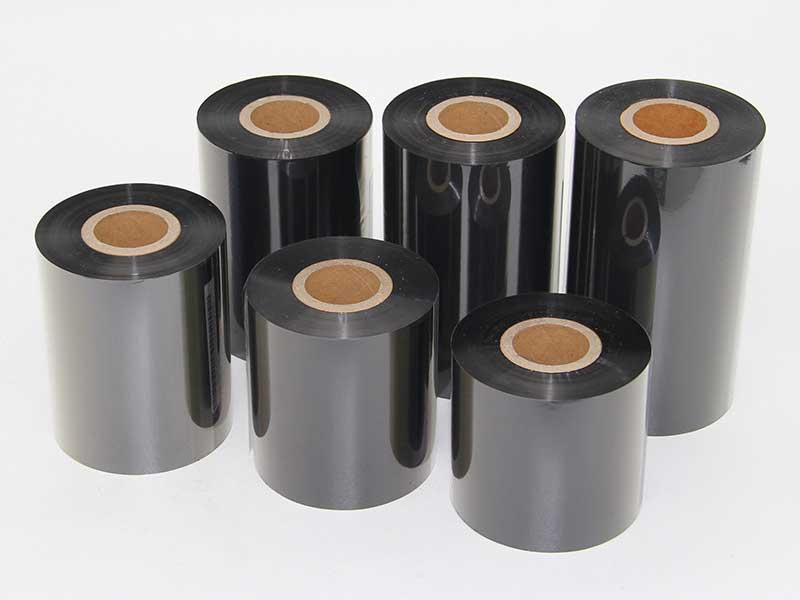
2. Application prospects of new materials
The introduction of new materials aims to solve the material limitations of the above components at the root.
1. Application of superhard wear-resistant materials in cutter systems
◦ Polycrystalline diamond/cubic boron nitride tools: PCD and PCBN tools provide a near-perfect solution for slitting the most demanding ribbons (e.g., resin-based, hybrid-based). Its hardness is several times that of cemented carbide, the wear resistance is extremely high, the service life can be increased by dozens or even hundreds of times, it can always remain sharp, ensure that the cutting edge is smooth and burr-free, and greatly reduce dust generation.
◦ Ultra-fine grain carbide: As an economical alternative to PCD, it has finer grains and significantly better hardness and wear resistance than traditional carbide, and performs well when slitting ordinary wax-based and hybrid-based ribbons.
◦ Ceramic matrix composites: Used in the manufacture of slot rollers, their high hardness, low coefficient of friction and excellent chemical stability can effectively resist the adhesion of ribbon residues and reduce the frequency of cleaning and maintenance.
2. Application of high-performance composite materials and special alloys in structural parts
◦ Carbon fiber composites: rotating components such as guide rollers and tension arms used to manufacture the core. Its advantages are:
▪ Extremely high specific stiffness: At the same weight, the rigidity is much higher than that of steel, which can effectively suppress vibration during high-speed rotation.
▪ Near-zero coefficient of thermal expansion: ensures stable dimensional and precise tension control of the guide rollers at different ambient temperatures.
▪ Excellent fatigue resistance: The reliability of long-term operation of the equipment is guaranteed.
◦ Titanium alloy and high-strength aluminum alloy: Achieve extreme lightweight while maintaining structural strength, and are used to move parts, reduce inertia, and improve dynamic response speed and control accuracy.
3. Special surface treatment and coating technology
◦ Diamond-like carbon coating: DLC coating is deposited on the surface of the guide roller and contact roller. The coating has a very low coefficient of friction, high hardness, excellent wear resistance and anti-adhesion, which can effectively prevent the ribbon from slipping and sticking, and reduce static electricity generation.
◦ Ceramic coating: such as chromium oxide and titanium nitride coating, which provide good wear resistance and anti-corrosion protection, and the cost is lower than that of DLC.
◦ Self-lubricating composite materials: Composite materials containing MoS2 and PTFE are used in bearing cages and sliding parts to achieve oil-free or oil-less lubrication, reducing the risk of contamination and reducing maintenance needs.
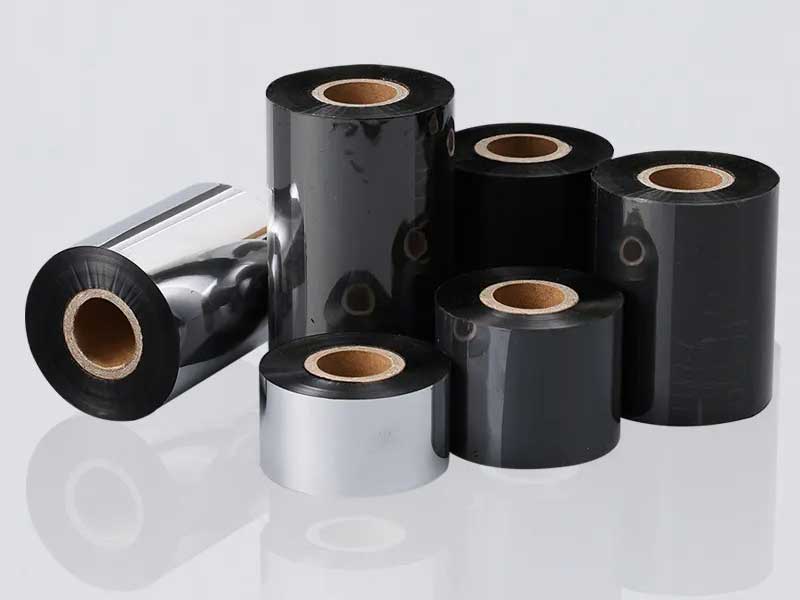
3. Breakthrough contributions to new processes
New processes and new materials complement each other to ensure their performance and bring about innovation in design.
1. Additive Manufacturing (3D Printing)
◦ Topology optimization and integrated manufacturing: Using metal 3D printing, it is possible to manufacture topology-optimized, hollow and lightweight complex structure guide rollers or frames, which greatly reduce weight under the premise of ensuring rigidity, which cannot be achieved by traditional machining.
◦ Conformal cooling runners: Print complex conformal cooling runners inside rollers that require temperature control for more efficient and uniform temperature control for special ribbon slitting that are sensitive to temperature.
◦ Rapid prototyping and spare parts availability: Accelerate new part development and custom production to shorten lead times.
2. Precision machining and measurement technology
◦ Superfine grinding and polishing: Ensures that the edge of superhard tools such as PCD achieves sub-micron sharpness and finish.
◦ Dynamic balance correction technology: The high-precision dynamic balancing machine is used to perform dynamic balance correction of G2.5 or higher on all rotating parts, especially high-speed guide rollers, to eliminate vibration from the source.
◦ Laser interferometer and laser tracker: used for accuracy calibration and compensation of the whole machine, to ensure that the geometric accuracy of each roller system such as parallelism and flatness reaches the micron level.
3. Intelligent and digital process integration
◦ Condition monitoring and predictive maintenance: Vibration and temperature sensors are integrated at key bearing housings and spindles to predict component life through big data analysis, changing passive maintenance to active early warning, and greatly improving the comprehensive reliability of equipment.
◦ Machine vision online inspection: Real-time monitoring of edge quality, width, and defects during the slitting process, and forming closed-loop control, automatically adjusting tool position or tension, and achieving "zero defect" production.
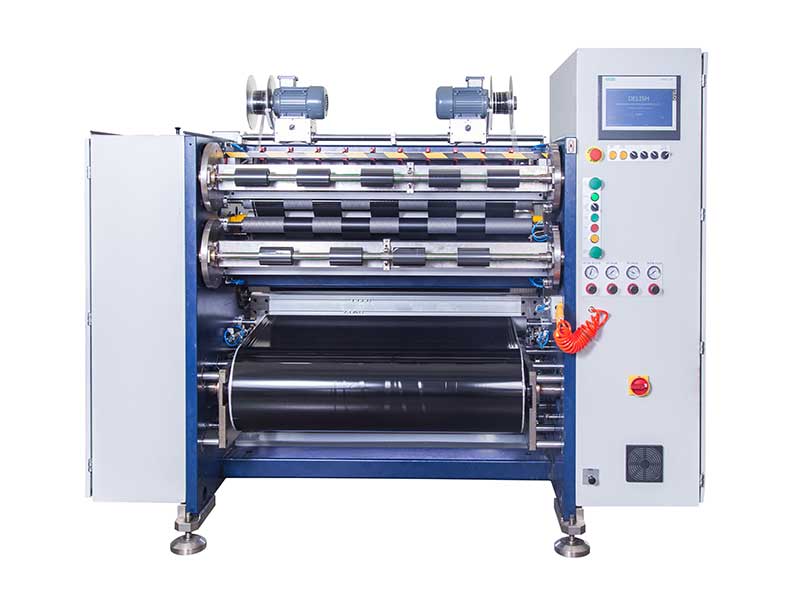
4. Comprehensive application prospects and future prospects
The systematic integration of new materials and processes into the design and manufacture of ribbon slitting machines has broad application prospects:
1. Ultimate reliability: The MTBF of the equipment has been greatly improved, and the unplanned downtime is close to zero, which can meet the industrial needs of continuous production 24/7.
2. Exceptional Precision and Consistency: The slitting width tolerance can be stably controlled at ±0.05mm or even higher, and the cutting quality is perfect, meeting the demanding requirements of high-end electronics, medical labels, and other fields.
3. Wide Material Adaptability: A single device can handle a wide range of composite ribbon materials, from traditional wax-based to high-performance resin-based, and even new composite ribbon materials that may appear in the future.
4. Intelligent and unmanned operation: Combine predictive maintenance and automatic adjustment technology to move towards unmanned operation at the level of "black light factory".
5. Reduced lifecycle costs: Despite the increased upfront investment, the extremely long component life, extremely low maintenance costs, reduced material waste, and ultra-high work efficiency will significantly optimize the lifecycle cost of equipment.
Conclusion:
The key to surpassing the traditional ribbon slitting machine is "material-based, process as the wing, intelligence as the brain". By adopting new materials such as PCD, carbon fiber composites, and DLC coatings, and incorporating new processes such as additive manufacturing, superfinishing, and intelligent monitoring, we are reshaping the reliability standards of ribbon slitting machines. This is not only an iteration of technology, but also a revolution in thinking - from reactive response to failure to proactive design reliability. In the future, the ribbon slitting machine will no longer be a simple mechanical device, but a high-reliability system that integrates material science, precision engineering and digital intelligence, providing a solid and excellent equipment foundation for the entire marking industry.




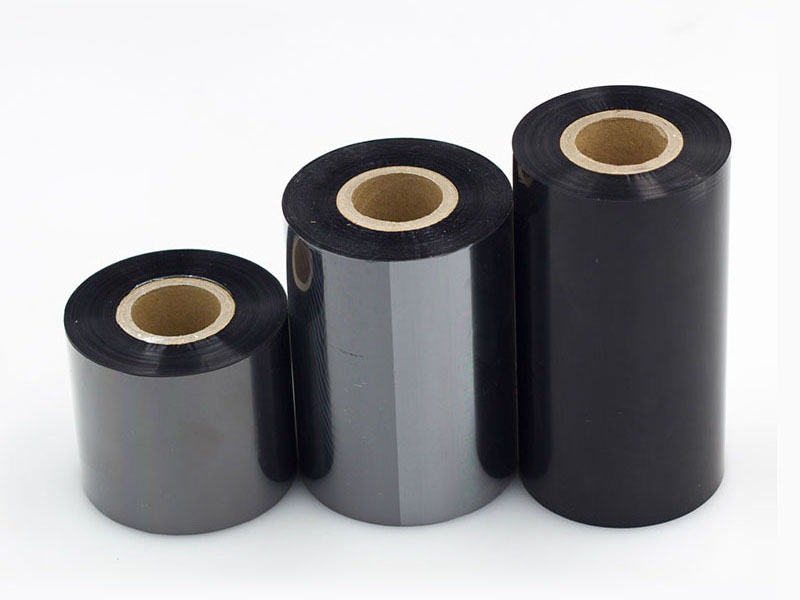
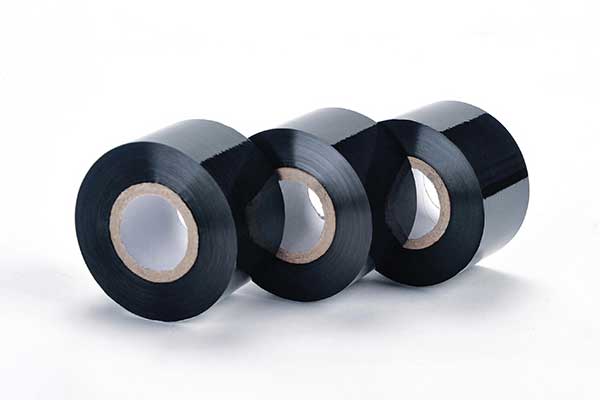
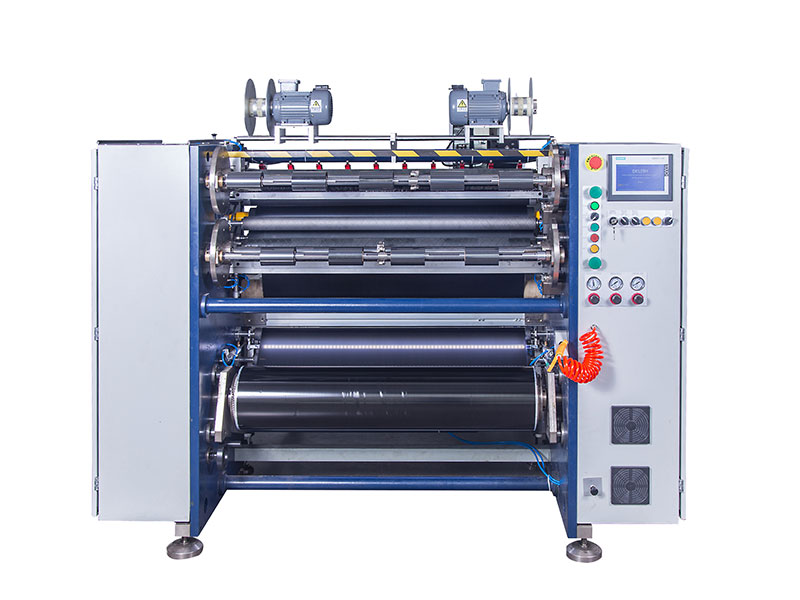 Ribbon Slitting Machine
Ribbon Slitting Machine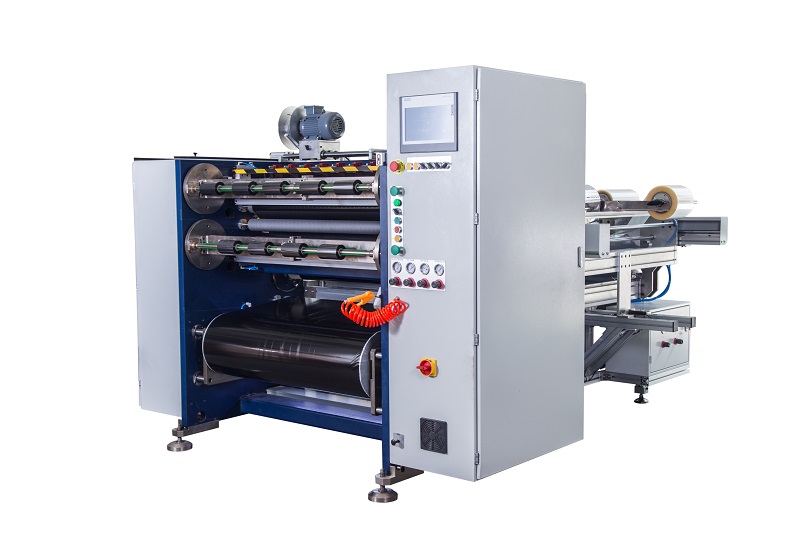 Semi Automatic Thermal Transfer Ribbon Slitter RSDS5 PLUS
Semi Automatic Thermal Transfer Ribbon Slitter RSDS5 PLUS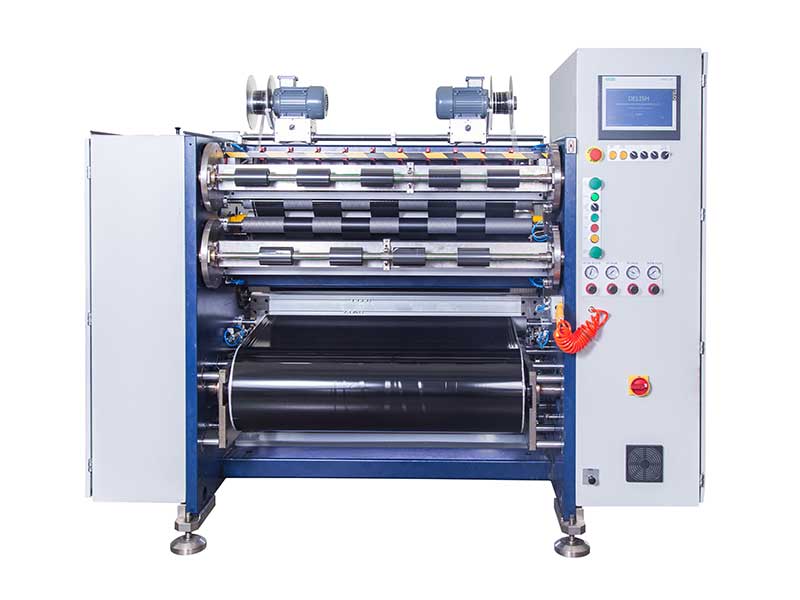 Barcode Ribbon Slitting Machine
Barcode Ribbon Slitting Machine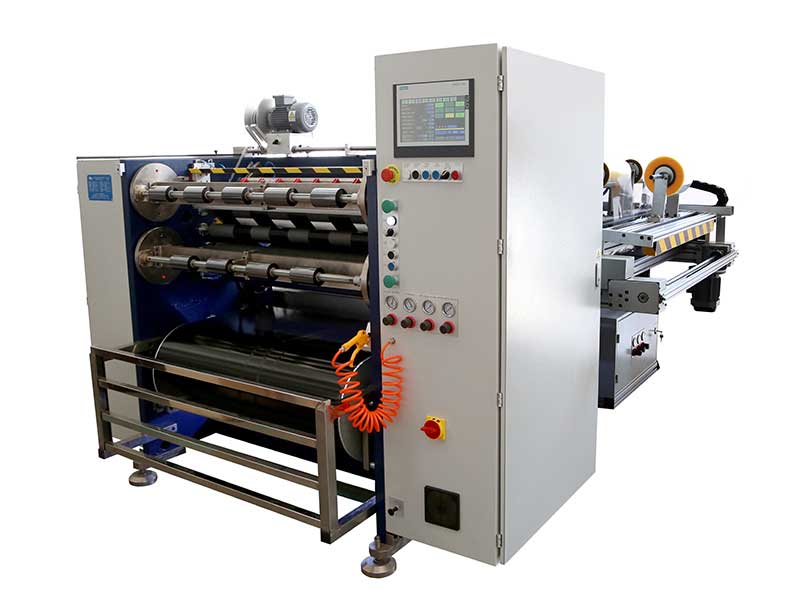 Automatic Thermal Transfer Ribbon Slitter RSDS6 PLUS
Automatic Thermal Transfer Ribbon Slitter RSDS6 PLUS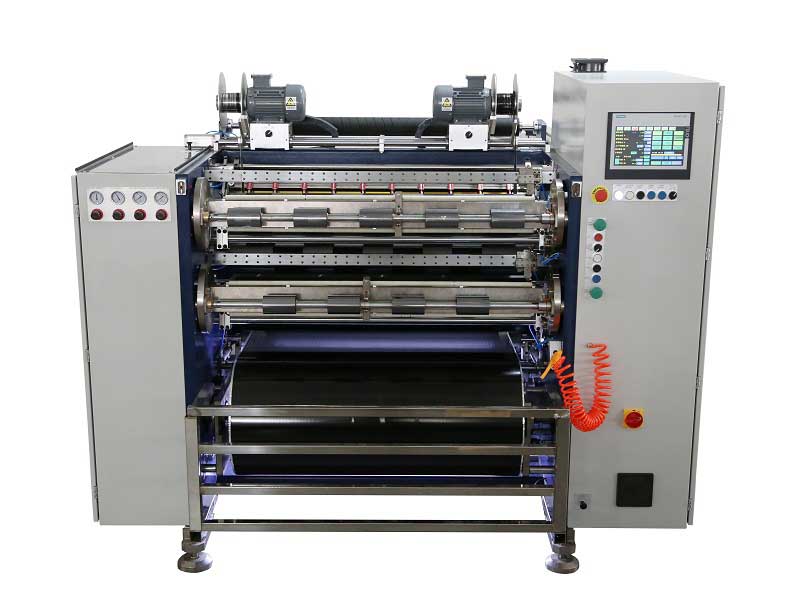 Automatic Thermal Transfer Ribbon Slitter RSDS8 H PLUS
Automatic Thermal Transfer Ribbon Slitter RSDS8 H PLUS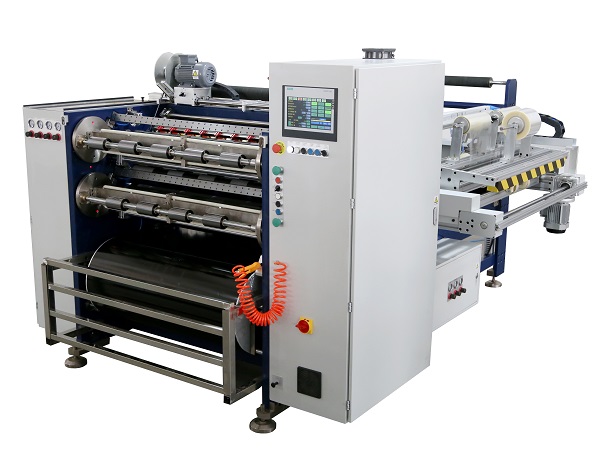 Automatic Thermal Transfer Ribbon Slitter RSDS8 PLUS
Automatic Thermal Transfer Ribbon Slitter RSDS8 PLUS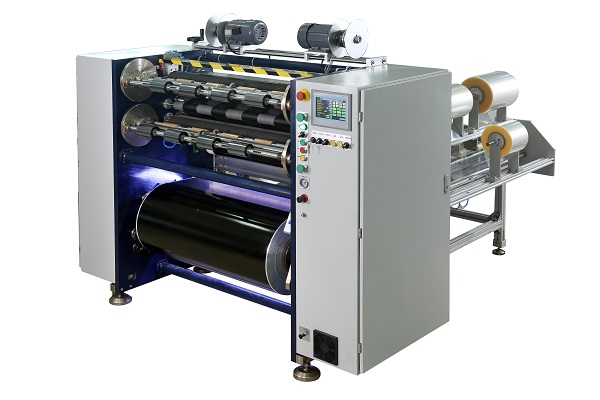 Manual Thermal Transfer Ribbon Slitter RSDS2
Manual Thermal Transfer Ribbon Slitter RSDS2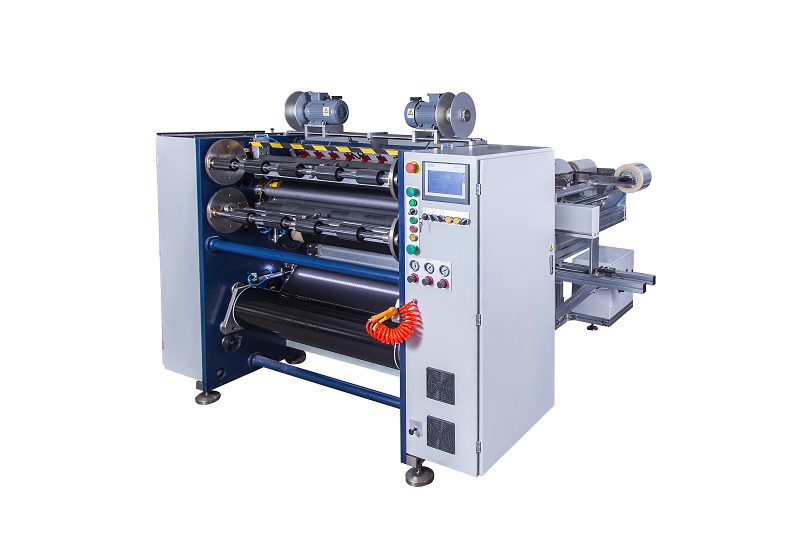 Semi Automatic Thermal Transfer Ribbon Slitter RSDS2 PLUS
Semi Automatic Thermal Transfer Ribbon Slitter RSDS2 PLUS





